Elta thrills the spectators by defeating the favorite, Helen Filkey of Chicago, in the 100-yard dash at the 1927 national championship meet in Eureka. Photos via the Humboldt Historian.
As all eyes focus on Los Angeles for this summer’s Olympic competition, one of Ferndale’s leading ladies is enjoying a rebirth of public interest in her historic athletic achievements.
“It is really nice to have all this attention,” says 76-year old Elta Henricksen, who lives with the honor of becoming the first woman to win a place on a USA Olympic track and field team.
“All this attention” for the woman who in the late 1920s was hailed as the greatest female athlete in America, is evident in recent San Francisco Bay Area and Sacramento press accounts as well as local news stories and radio and television appearances.
And in May, she was the guest of honor at another first for women athletes — the first women’s trials for 1984 Olympic marathon running. The trials were held in Olympia, Washington.
Her rise to fame from Eureka schools and Humboldt State Teachers College, now Humboldt State University, never diminished her calm, humble view of the events that have shaped her life. And for the twenty-year-old from rural Humboldt County who competed under the family name of Elta Cartwright, the events were momentous. “I never got a big head,” she says, “and I never had any regrets.”
Elta says her mainstay and inspiration through these days was her coach Laura Herron, a physical education teacher at Eureka High School who recognized and nurtured Elta’s running talent. It is to her that Elta attributes much of the success she attained as an athlete.
Elta had planned to attend Stanford Lane Nursing School in the San Francisco Bay Area but after she and her parents conferred with Eureka High School track coach Lloyd Markham, if was decided that she should go to Humboldt State Normal School in Arcata where her workouts could be supervised.
Coach Markham and Alice Lambert, a physical education instructor, had succeeded Miss Herron who, had moved on to San Jose State Teachers College. Miss Herron soon transferred to Humboldt State to teach physical education and to coach Elta, who now combined studies for a teaching career with intensive track training. She came to Humboldt State with a solid background of track triumphs at Eureka High School.
It was in high school that her name became a fixture in the Telegraph Meets founded in 1923. Individual teams wired results to a central point and invariably Elta would come up with the fastest running time.
Under the tutelage and inspiration of Miss Herron, Elta starred in track meets throughout California, winning time after time in the long jump (then called broad jump) and sprints. She set a number of records including the Humboldt State record in the long jump of seventeen-feet-ten-inches, a record that still stands today. [UPDATE FROM THE YEAR 2025: No longer, but still fifth on the list!]
In the 1925 Third Annual National Women’s Championship in Pasadena, Elta won the 50-yard dash. She repeated this feat in Philadelphia the next year.
Then came the story-book scene of the hometown girl appearing in national competition before 5,000 spectators at Eureka High School’s Albee Field, named after the late George Albee, School Superintendent. It was in 1927 and Eureka had been chosen as the site for the fifth national meet. Albee was on the sidelines to shout encouragement.
Elta thrilled the crowd by defeating the favorite, Helen Filkey of Chicago, in the 100-yard dash and then, for the third consecutive year, won the 50-yard dash.
Much to the delight of the crowd, Elta leaps through the tape to win the 50 yard dash at the 1927 National Women’s Championship meet at Eureka High School’s Albee Field.
The big test came the following year in Newark, N.J., where the first Olympic trials for women and the sixth national meet were combined on the 4th of July.
It was a grueling schedule. Elta recalls she had to run three 100-meter dashes, all of which she won. Then she had to run three 50-yard dashes and again won all. In addition, she won the long jump event.
She explains that the 100-meters was the only one of her three events in the Olympic trials and it was the first of the five Olympic events to be finished. Thus came the honor of being the first woman in the U.S. named to the Olympic track and field team.
Her time of 12 and 2/5ths seconds in the 100-meter dash equalled the world record and she was never defeated in the 50-yard dash,
Elta joined the 268 Olympic athletes headed out of New York for Amsterdam aboard the Olympic-chartered SS President Roosevelt.
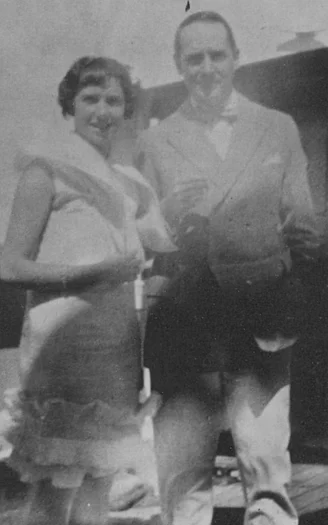
Elta became acquainted with Major (later general) Douglas MacArthur, honorary chairman of the 1928 Olympics. They are shown aboard ship during the Atlantic crossing.
Those aboard the ocean liner included swimmers Eleanor Holm, Johnny Weissmuller and Buster Crabbe, Another passenger was Major (later General) Douglas MacArthur, honorary chairman of the Olympics. Elta has a picture showing her standing with MacArthur, who told her, “If you win, I’ll take you to Paris.” Another passenger was Tex Edwards, who later went down with his ship as captain of the Reuben James, the first United States destroyer to be sunk in World War II. He was the captain of the Olympic wrestling team and served as tour guide for Elta and her friends who visited parts of Europe after the games.
The Atlantic crossing was far from smooth for Elta. She became ill with a digestive ailment during the five-day trip and was put under the care of a doctor upon arrival in Amsterdam.
Weakened but unbowed, she decided to give her best in competition. She placed second in her first heat and qualified for the 100-meter semifinals.
Speaking of the semifinals, she said, “Twice there were false starts. The girls who jumped were set back as a penalty.”
“Once we got a legal start, I gave it all I had, but I couldn’t run at all. I placed sixth and was eliminated.” The victory went to another member of the U.S. Team, Elizabeth Robinson, defeated by Elta in the national trials.
“I just walked off the track and waved to the crowd the same as I would if I’d won,” recalls Elta. “I was glad for Robinson. I was happy when they raised the flag while she received her gold medal.”
Members of the 1928 women’s Olympic team posed for this picture aboard the SS President Roosevelt. Standing, left to right, are Manager Fred Steers, Catherine McGuire, Maybel Reichardt, Ann Van Rans, Elta Cartwright and Marion Holly. Sitting: Arleen Allen, chaperone. Marge Jenkins, Mel Shepherd, girl’s track coach, “Babe” Robinson and Lillian Copeland.
The pain of disappointment was eased by the outpouring of love and support from her fans, friends and coach. When she returned that day to her stateroom aboard the SS President Roosevelt, she found a beautiful bouquet of roses and the message “Defeat as in victory.” It was signed by Miss Herron.
Humboldt County was anxious for Elta’s return. When her decorated train arrived in Eureka bearing a sign that said, “Our Elta,” she was given a warm welcome and feted with a parade in her honor. There were five marching bands, 35 organizations and groups and colorfully decorated vehicles, including the family car carrying Elta and her track friends.
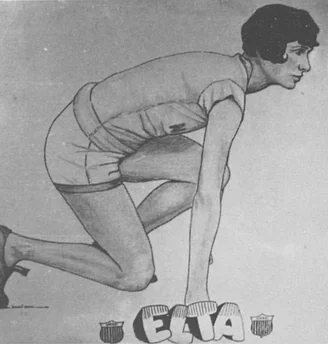
This drawing of Elta “on the mark” was made by former Eureka Times Standard Editor Scoop Beal at the time when her track exploits were big news across the nation.
Miss Herron, who later left Humboldt State to join the faculty at the University of Arizona at Tempe, hoped that Elta would try for the 1932 Olympics in Los Angeles. But instead, Elta heeded her parents when they advised, “You have had your day in the sun.”
As it turned out, she did go to the 1932 Olympics, as a spectator and a newlywed. After starting a teaching career, she married Leslie Stromberg, an Arcata insurance man. She taught school in Petrolia, Orick and Arcata and then ran a nursery school for ten years in Arcata and three years in Ferndale. She spent an additional four years working as director at a summer camp at Redway.
In Arcata, she operated “The House of Stromberg,” a boarding center for students and, later, for tourists. In Ferndale, she operated Cinder-Elta’s Imports, using the “Cinder-Elta” name given to her in press accounts of her performance on the cinder track.
Elta’s parents were the late Mattie Hambree and George Cartwright.
George Cartwright was a building contractor in Eureka and built the Cartwright family home in the early 1900’s. The two story house still stands at C and Long Streets. In addition, he was employed by the H.H. Buhne Hardware located in the Old Town area. One of his favorite sidelines was photography.
During her 25-year marriage to Leslie Stromberg, Elta had three daughters, Mary Lee Stromberg, Nancy Murray and Judy Dresser.
Mary Lee lives in Ferndale and is on the staff of Humboldt County Mental Health Services in Eureka. Judy lives in Fortuna and has been a teacher at College of the Redwoods since its founding Nancy lives in Pacifica and works in San Francisco for Union Oil Company.
In addition to Elta, three of her sisters graduated from the Humboldt State teaching program. They are Ivy Glenn and Ruth Spinas of Eureka and Mary Ellis of Berkeley. A fourth sister, Louise Pollock, of Eureka studied business and worked for many years as office manager for Harper Motors.
Three years after her first husband died, Elta went to Sweden to visit relatives and to attend the 1960 Olympics in Rome. During a stopover in London, she met Mernard Henricksen of Ferndale, a dairy farmer who was with a tour group also headed for the Olympics. Their marriage followed in 1961.
During that tour, she made a “sentimental journey” to the Olympic stadium in Amsterdam and to the spot where she had run the race of 1928.
The years have brought additional blessings for Elta. On Oct. 23,1959, she became the only woman to be inducted into Humboldt State University’s Athletic Hall of Fame. [UPDATE FROM THE YEAR 2025: No longer true, of course.] And, in 1981, she was chosen to preside as the university’s homecoming queen.
Along with her seven gold medals won in four national championship meets, Elta has a fascinating collection of photos and press clippings tracing the history of her days in athletic competition.
She and her husband live in a neatly kept home on Ferndale’s California Street, surrounded by a pastoral setting of green fields and dairy cattle. Elta pursues a strong interest in bridge and counts bowling and golf among other favorite activities.
Though she won’t be attending this year’s Olympics at Los Angeles, she is sure to “get on the mark” and follow closely the women’s events that had their beginning in those exciting days of her memorable youth.
Mernard and Elta Henricksen are shown in a recent photo taken at their Ferndale home.
###
Here are excerpts from a letter written to Elta Cartwright in 1925 by her father, George Cartwright, when Elta competed in the Third Annual National Women’s Championship in Pasadena and another track meet in San Francisco:
“… No less than three members of the Bank of Eureka told me they expected you to win the 100 in S.F.
“To do this, you must have cool and steady nerves, do not let yourself get the least bit excited or nervous, or worried in the least.
“Go into the race not doubting your ability in the least to win but confident that you are going to win and then scratch gravel.
“… Remember that your next meet is among friendly San Francisco people who will be there to cheer you on to victory.
“.. .It is a nice thing to have a reasonable amount of publicity and be a favored one among the world’s successful athletes, but after all is said and done it is temporary success.
“It will befar better for you to have a good profession to rely on whereby you can make an easy living than to depend on something that is only temporary.
“Should you be thrown on your own resources at any time during life, a good profession would prove a valuable life preserver … whereas an athlete’s prowess fades with the bloom of youth.”
###
The story above was originally printed in the May-June 1984 issue of the Humboldt Historian, a journal of the Humboldt County Historical Society. It is reprinted here with permission. The Humboldt County Historical Society is a nonprofit organization devoted to archiving, preserving and sharing Humboldt County’s rich history. You can become a member and receive a year’s worth of new issues of The Humboldt Historian at this link.
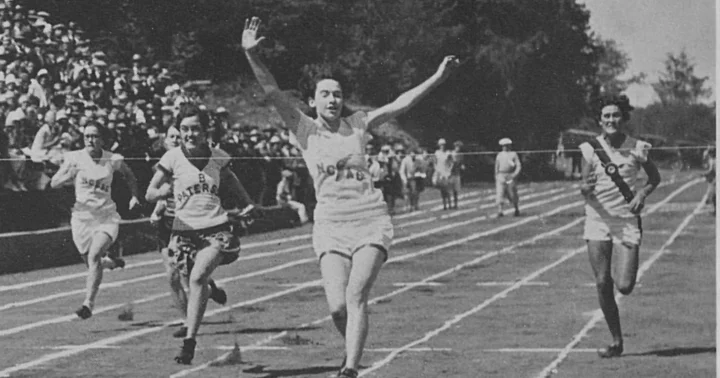
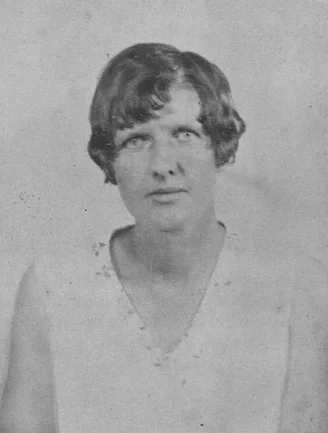
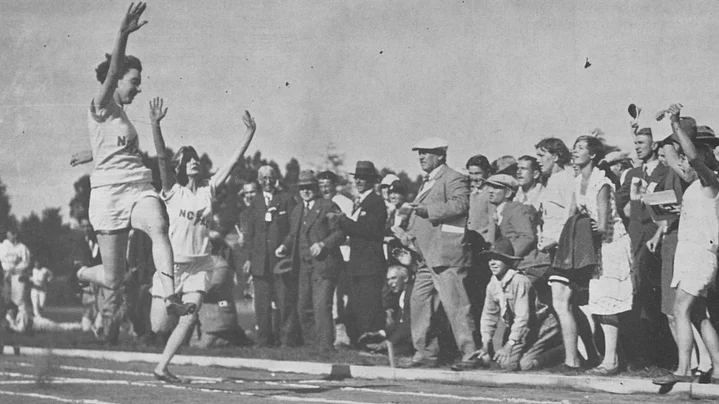
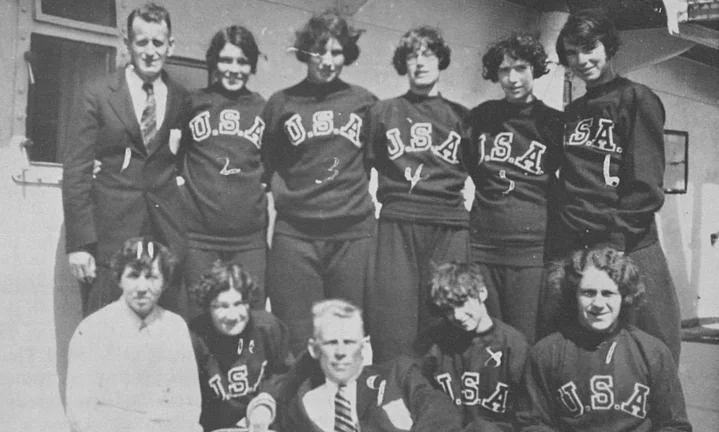
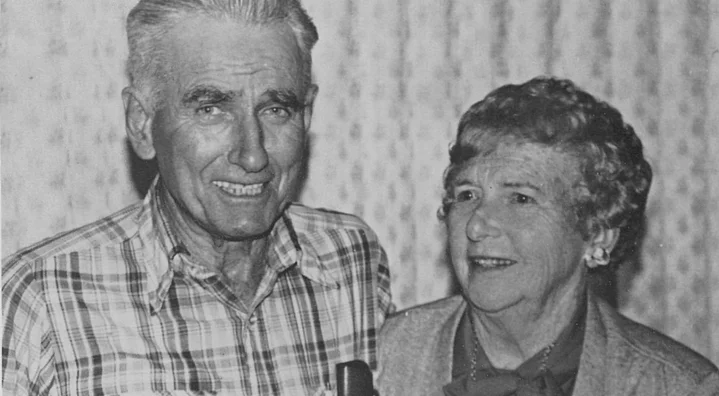
CLICK TO MANAGE